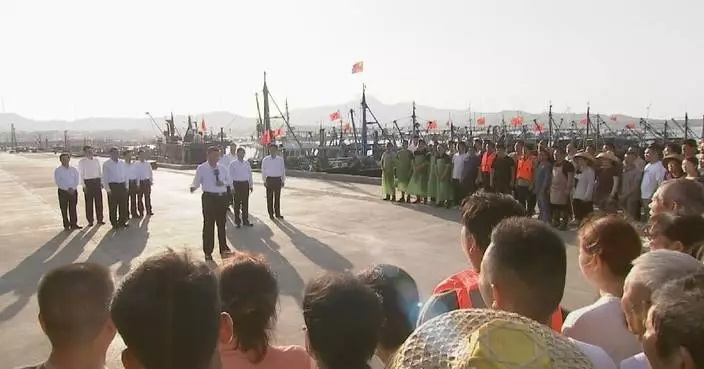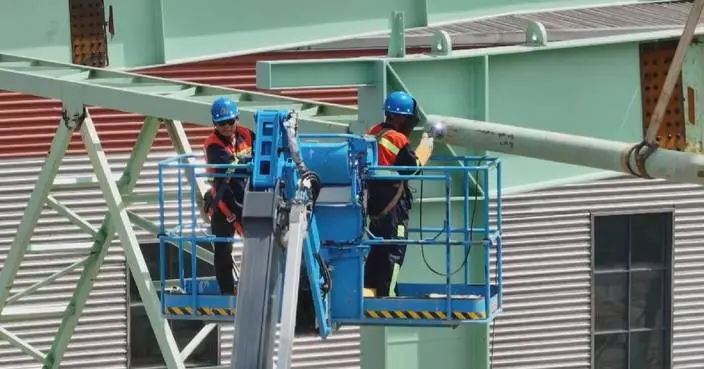Some residents in Gaza City questioned the need and real purpose of building a temporary maritime pier by the United States, which claimed it is for facilitating aid delivery.
The United States announced last Friday that trucks carrying humanitarian aid had reached the coast of the Gaza Strip through the floating maritime port it had constructed.
On Sunday, vessels transporting aid supplies in the distance could be seen from the seaside of Gaza Port. According to U.S. estimates, the floating pier's initial shipping capacity is expected to be 90 tons per day, and will later reach 150 tons.
The Coordinator of Government Activities in the Territories under the Israeli Defense Ministry said on the May 19 that approximately 160,000 liters of fuel and hundreds of pallets of humanitarian aid were transported to the Gaza Strip through the pier last week.
In this regard, the United Nations and relevant aid agencies said that the process of transporting humanitarian aid through a floating pier is cumbersome, and the transportation volume is far from meeting the needs of the Gaza Strip. Farhan Haq, deputy spokesman for the United Nations Secretary-General, stressed last week that maritime corridor is by no means the most feasible and effective solution to aid delivery and all land crossing points must be opened to address the acute need of the people.
Some local people also questioned the role of the temporary pier built by the United States.
"When they (the United States) announced their intention to build a pier, they claimed that its purpose is to provide supplies to the Gaza Strip. But if we look at the actual situation, we can find that land ports are fully capable of allowing the passage of trucks with full load of cargo. If the land ports are fully operational, they can meet the needs of the people here," said a local resident Abdul Razak Abu Aisha.
"Land ports and terminals could have operated normally. Why not open the land terminals and build another good pier? We (Palestinians) have been under occupation for 76 years. When will it end?" said Nabil Al-Sharafa, another resident.

Gazan people question real purpose of US-built float pier for "aid delivery"

Gazan people question real purpose of US-built float pier for "aid delivery"









